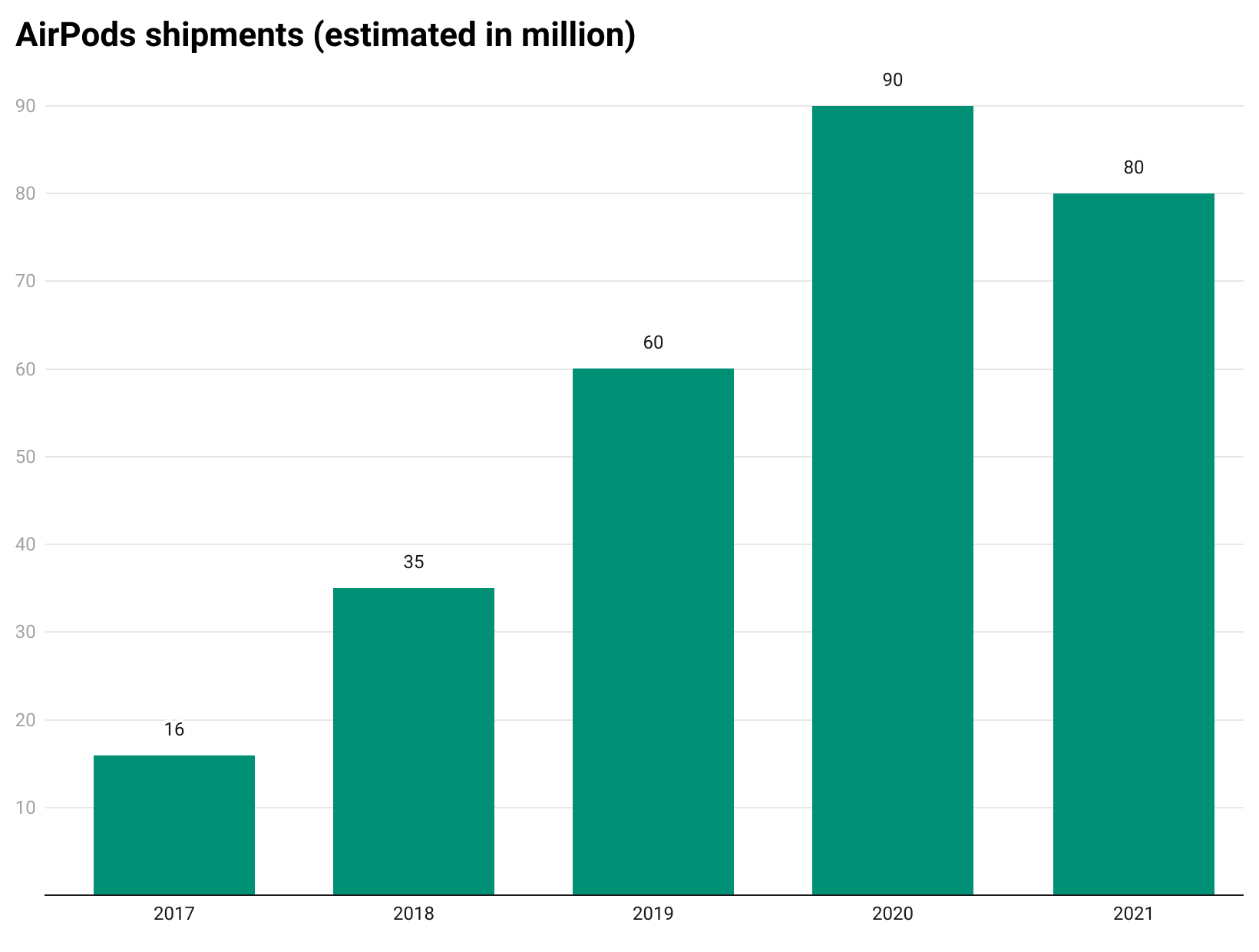Apple MacBook Pro (13-Inch) With Intel CPU Is Cheaper Than Ever on Amazon
[ad_1]
Read More/Less
Apple’s MacBook is now cheaper in India. The Intel-powered MacBook Pro (13-inch) has received a price cut, and is available to purchase for as low as Rs 99,990 for the Intel i5-powered variant with 256GB SSD storage on Amazon. This is Rs 18,000 less than its sticker price. Apple last year migrated to in-house M1 chips last year, in a move aimed at ending reliance on Intel to provide chips for the company’s Mac computers.
The 13-inch MacBook Pro is available at a price of Rs 99,990. Apart from that, Amazon is offering up to Rs 18,000 exchange discount for the 256GB storage variant. This is the only variant that has seen a significant price cut, as the 512GB storage variant is selling for Rs 1,41,719 on Amazon, a roughly Rs 1,200 discount on its original price. The M1-powered MacBook Pro (13-inch) with 512GB SSD storage, on the other hand, is priced at Rs 1,42,900 on Amazon, the 256GB variant retails for Rs 1,22,900, while the MacBook Air powered by Apple’s M1 chip is available for Rs 92,900.
There is an ongoing “Apple Days” sale on Amazon that ends today. The Apple Days sale offers buyers attractive discounts on Apple products on the e-commerce platform, including the MacBook, iPhones, iPads, and more. There is a possibility that the MacBook Pro (13-inch) price cut is a part of the Apple Days sale.
[ad_2]


 (@OnePlus_USA)
(@OnePlus_USA)